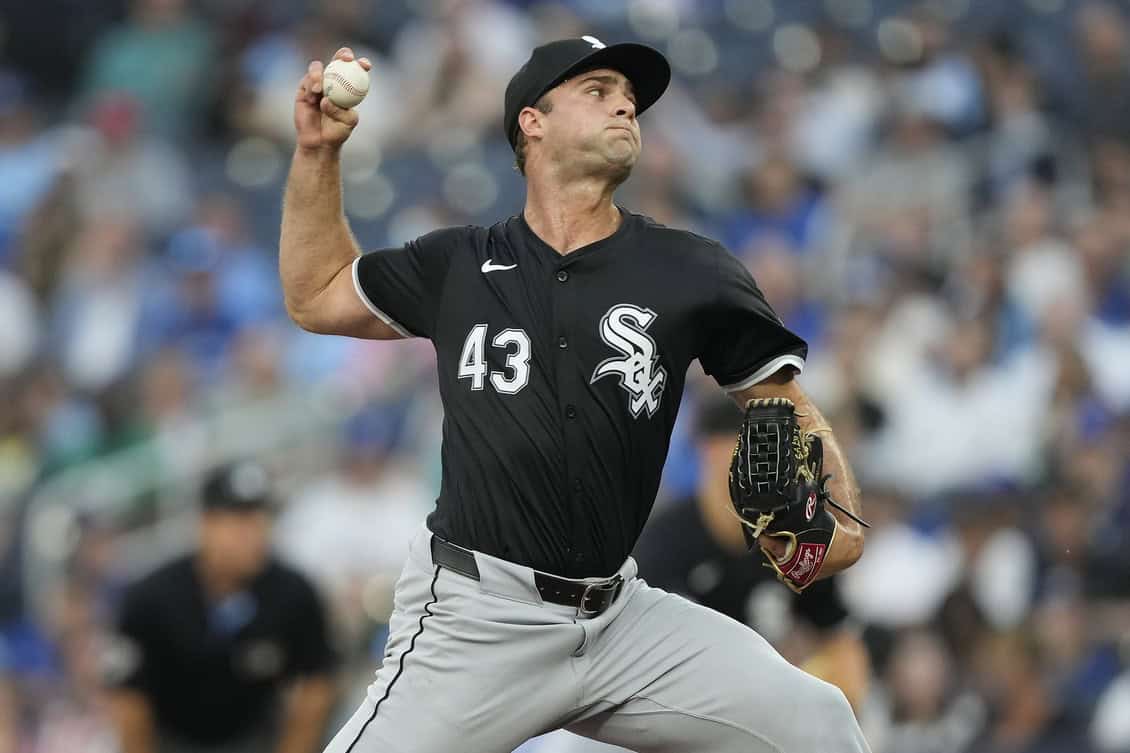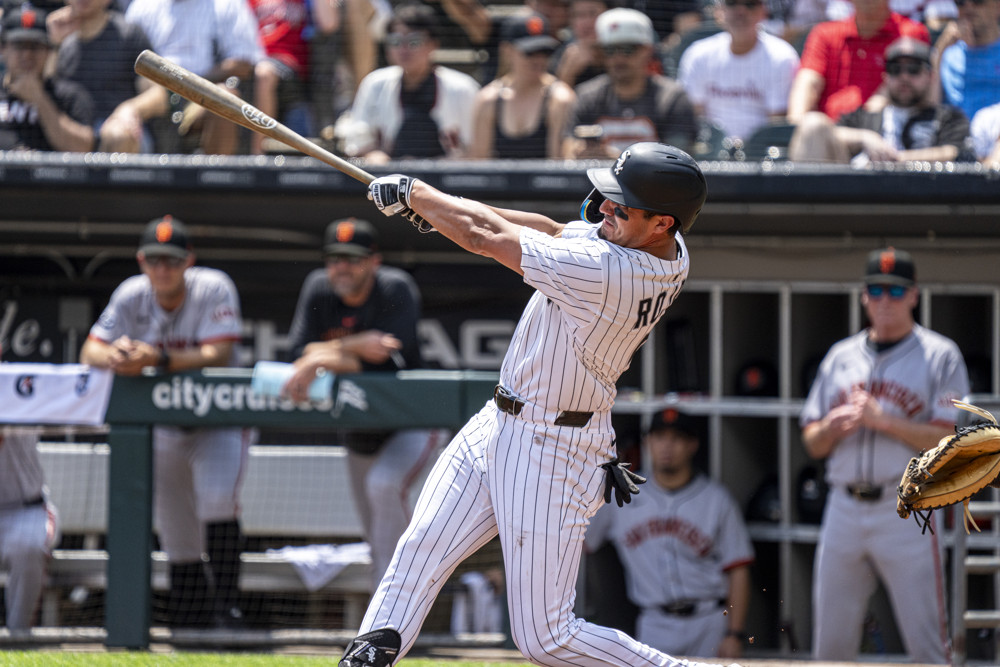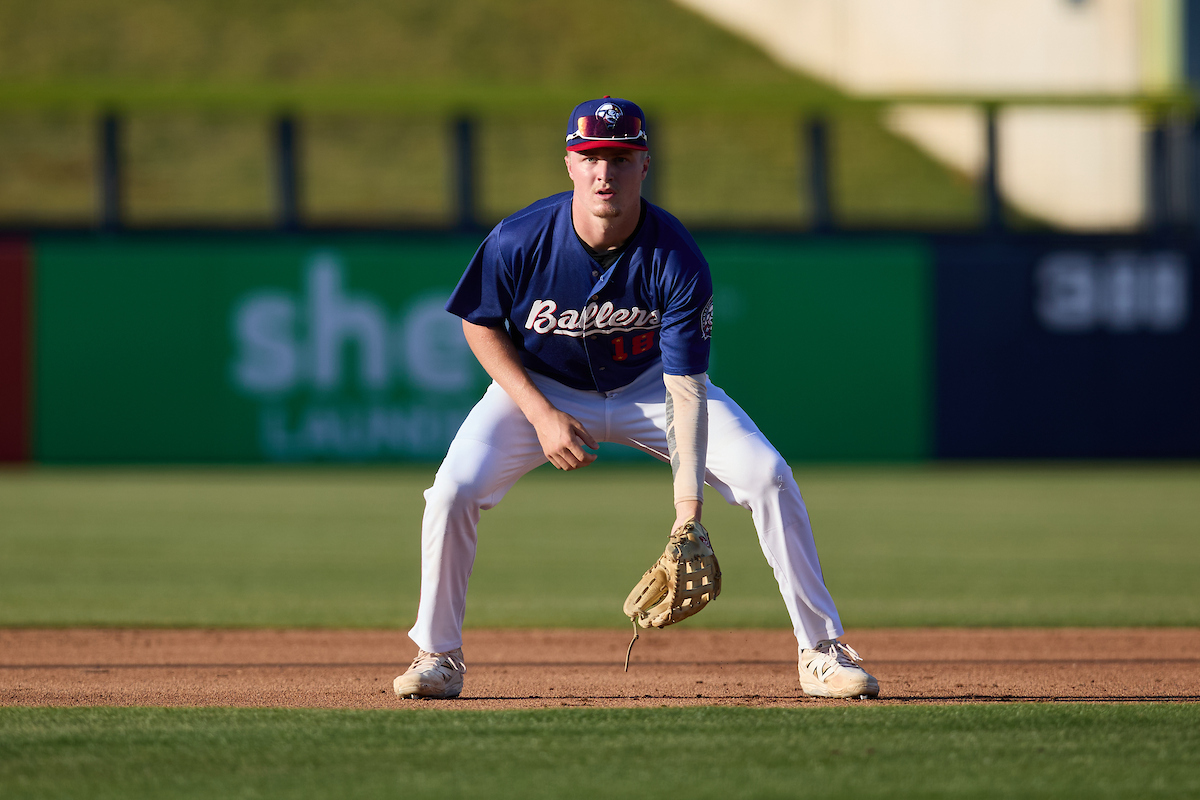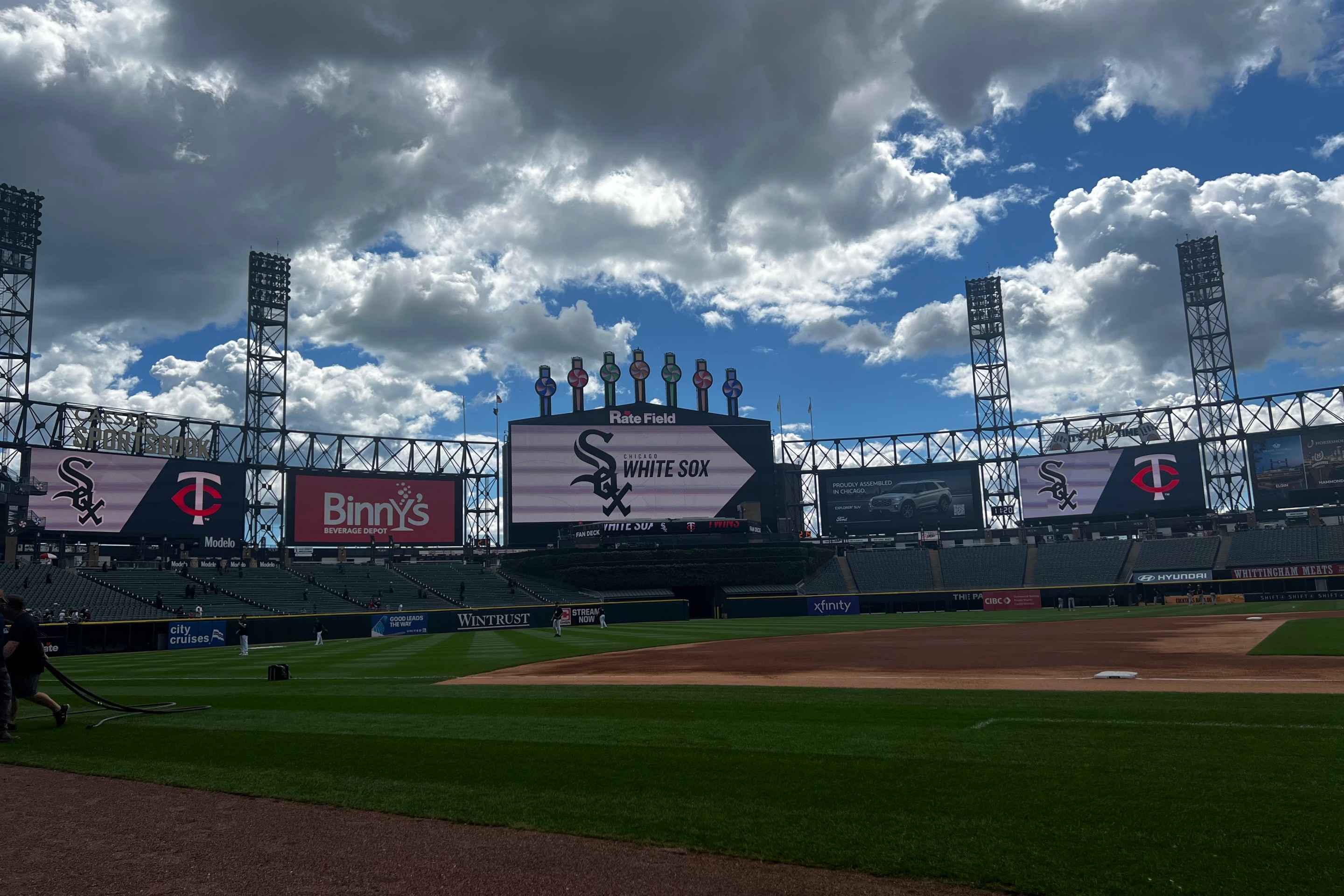It feels like everyone would love a Nick Nastrini 'proof of concept' type of outing on Monday afternoon before speaking at length about where his game is currently at, but baseball doesn't always allow for the most flattering status reports.
"His last three starts were pretty strong in the minor leagues," said Chris Getz. "He had a great spring training. He had an illness right around opening day that took a little time for him to bounce back physically. But you are looking at a guy who has a four-pitch mix, he has had a resume of success and we feel like he can be a starter at the major league level. We are going to give him that opportunity now that there’s an opening in our rotation. The Toronto outing wasn’t what he was hoping for. I think it’s an opportunity to learn from that and he’s going to get another start here against Toronto."
Nastrini indeed posted a 2.89 ERA in his last three outings before being recalled, with an encouraging 17-to-4 strikeout and walk split, and an opposing line of .211/.263/.451. The one issue he had was homers, but I did recently listen to a Sox pitcher share a conspiracy theory that the left field wall at Truist Field in Charlotte is closer than the 315- feet sign would have you believe.
That the illness from opening day was actual pneumonia which had him understandably feeling lethargic in , and Nastrini has seen his velocity creep back up from the low-90s since then is another reason to feel more encouraged about his future than his early season numbers.
"Even if I'm throwing 92-93 mph, I still feel pretty confident with the way my movement profile is," Nastrini said. "But it's fun to look back and see 96 mph on the board. You've just got to keep throwing, making sure I'm being diligent in the weight room, make sure I'm sticking to my routine. We'll see if it keeps climbing, but if it doesn't, pitch with where I'm at right now."
But man, that start in Toronto. A combination of poor command (zero strikeouts, six walks in 3 1/3 innings) and giving up hits on two-strike counts (four, including a Bo Bichette homer on a 1-2 count) that feels like it leaves a daunting level of things to work on during the four intervening days.
But the primary issue Nastrini cited postgame was a lack of fastball command above the belt, which is both where the action on the pitch plays best for whiffs, but also the location that all of his secondaries are designed to tunnel off of. If the root cause of that can be addressed, maybe multiple things click together at once.
"Some [mechanical] things, some mindset things," Nastrini said on Friday. "So I go out there, I work on it, take it day to day. I'm going to go work on it in my pen right now and then go out there and be better next time."
It's tempting to focus more on the mechanical side of it, because it's more tangible. And this author pleads guilty to giving in to that temptation literally all of the time.
"We just talked about his front side and how he was pulling away and redirecting himself down," said pitching coach Ethan Katz, miming out how an exaggerated pull with his glove arm would yank the rest of his body along with it. "Getting the fastball up for him is big."
But the difficult element of a rookie pitcher trying to iron out a dip in his front side is that the 24-year-old Nastrini is that there are sequencing issues he is trying to figure out at the major league level alongside it. Martín Maldonado is a likely pairing with Nastrini to guide him through, but the veteran catcher isn't working from a deep familiarity with the 24-year-old either.
"His biggest issue the other day is he had some uncompetitive pitches with all the walks, and then we got ahead of some guys and he gave them pitches to hit," Katz said. "In a vacuum, the Varsho at-bat looks like a really good pitch when you watch it on video, but his eyes were set down the whole at-bat because he never got the fastball up. It's teaching moments like that he didn't realize until we took a step back and looked at it on video and explained things. It's understanding where misses are and where we can make them.
"But it's easier from my lens to be able to identify it and talk to him about it, then being up out there as a starter."
So, more difficulty wouldn't be the most surprising thing, even if the ball is sort of in Nastrini's court to show the Jays some things they didn't see him do last week in Canada. But this is the project that the White Sox probably would have embarked on in early April had pneumonia not stood in the way, and deemed more important than continuing to see what Brad Keller has post-TOS or trying to wring starter-level trade value out of Michael Soroka.
But the White Sox have lost nine of their last 10 games. Their 15-39 record provides little incentive to hunt marginal gains in the present, and Nastrini provides a means of securing a better future that's currently rare on this roster. It'll just take some work.
"There's always some things you've got to iron out, always some things to do better," Nastrini said. "But I'm going to work hard, get back to it and make sure I'm better next time."






